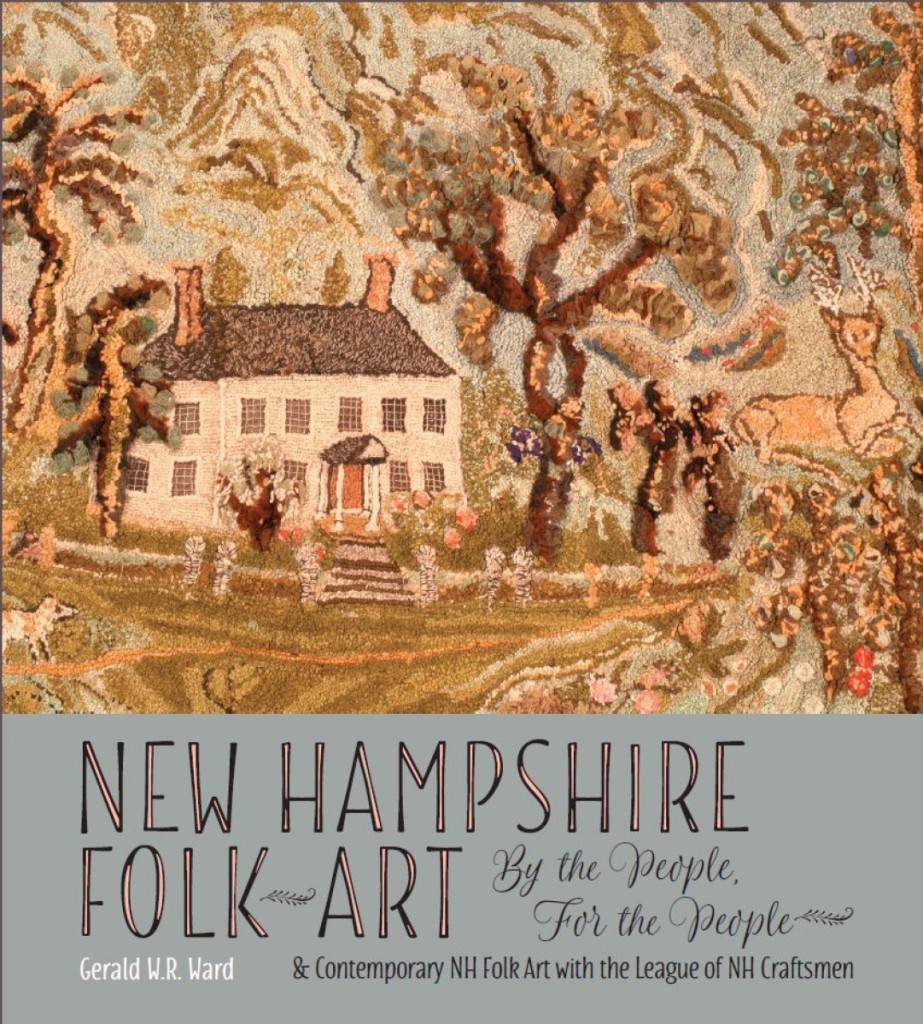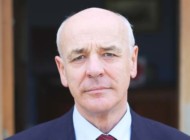
Listing the major museum posts Gerald W.R. Ward has held, or listing all the exhibitions he has curated or all the books and articles he has written, would more than fill this page. A few will provide an indication of the man’s breadth of interests and his knowledge. He curated the exhibition of the Magna Carta at Boston’s Museum Fine Arts (MFA) as well the glass of Dale Chihuly and another on American Studio furniture at the same institution. Those exhibitions span an 800-year period. He was also co-author of Yale’s landmark study The Work of Many Hands: Card Tables in Federal America, 1790-1820 and has written on Paul Revere and the Liberty Bowl as well as American silver and American case furniture in the in the Garvan collection at Yale and far more. He has worked at the Essex Institute, Strawbery Banke, Winterthur, Yale and the MFA. Currently the consulting curator at the Portsmouth Historical Society, he has taught, and still teaches, at several institutions and currently serves as one of Portsmouth’s representative’s in the New Hampshire Legislature (for which he gets paid $100 a year). It would not be unfair to think of him as the “man for all seasons.” He is the book review editor and bibliographer for Chipstone’s annual publication, American Furniture, and is currently editor of the publications of the Portsmouth Marine Society Press, a division of the Portsmouth Historical Society. Antiques and The Arts Weekly found a few moments in Ward’s busy schedule to find out a little more about what got him started in this field and what he’s currently working on.
What developed your interest in early American culture?
The interest developed in high school, and that’s where I met my wife, Barbara, who now is director/curator of the Moffatt Ladd House, one of Portsmouth’s important period, furnished houses. I’m helping them a bit to renovate the rear parlor back to how it appeared in the 1760s. I graduated from Harvard in 1971 and earned a PhD at Boston University in 1984. I was very fortunate to have worked with some of the legendary people in the field: Jonathan Fairbanks, Charlie Montgomery, John Kirk, Pat Kane and others like them. I was also fortunate to have worked in wonderful institutions, including the old Essex Institute, Yale University, Winterthur, the MFA, Strawbery Banke, etc. The variety of material I was exposed to was incredible, and I knew this was the stuff I wanted to work with.
Do you collect?
Yes, Barbara and I collect. We love the thrill of the hunt. But you may be surprised at what we collect – melamine; the plastic that was used for just about everything in the 1950s and 60s. Often, the designs are great, and it’s very affordable. We gave over sixty pieces to the MFA for their collection.
What are you most proud of?
Easy question – my wife. If you’re asking career-wise, I think that one of the things that will have a lasting impact is the re-labeling project in the American Wing of the MFA that I undertook. Display labels were rewritten so as to provide accurate and detailed descriptions of more than 5,000 items in the collection. And I think that some the articles I’ve written or edited will provide information for researchers for years to come. While I was there, I encouraged the MFA to add significantly to their pre-Columbian collection. I think that material will have a lasting effect for scholars down the road.

The most recent publication by Gerry Ward is the catalog for “New Hampshire Folk Art: By The People, For The People,” the current exhibit at Discover Portsmouth.
What are your plans while you are working with the Portsmouth Historical Society?
First and foremost would be to identify and catalog our collection. We have a wonderful collection of material that relates to the early history and decorative arts of Portsmouth and New Hampshire, including a collection of about 35 early samplers made in Portsmouth. Much of the collection hasn’t been on display in years, and we keep finding exciting things that have been stored away for ages. The portion of the collection that’s on display for the public is in the John Paul Jones House. Too many people are unaware of his contribution to American efforts in the Revolutionary War. I want to change that. He was a major figure in the early years of the American navy and lived in that house between 1781-82. He is also credited with the famous line “I have not yet begun to fight!” during a battle with the more powerful British ship H.M.S.Serapis, which he won while in command of the Bonhomme Richard.
What are you currently working on at the Historical Society?
A lot. One of the divisions of the Portsmouth Historical Society is the Portsmouth Marine Society Press, which publishes books on regional history as well as the decorative arts. I’m the editor of that division, and we just published the catalog for the current exhibition, “New Hampshire Folk Art: By The People, For The People,” that’s running through September 29 at Discover Portsmouth, which we operate. We’re involved with preservation efforts throughout the city, and we provide a variety of educational programs for people of all ages. We’ve entered into a partnership with the city of Portsmouth to lead and manage the celebrations of the city’s 400th Anniversary, which will be in 2023. That’s a major undertaking and will be time consuming for all of us. There are walking tours, we’re learning about Portsmouth’s black history and much more. So, there’s plenty to do.
-Rick Russack




